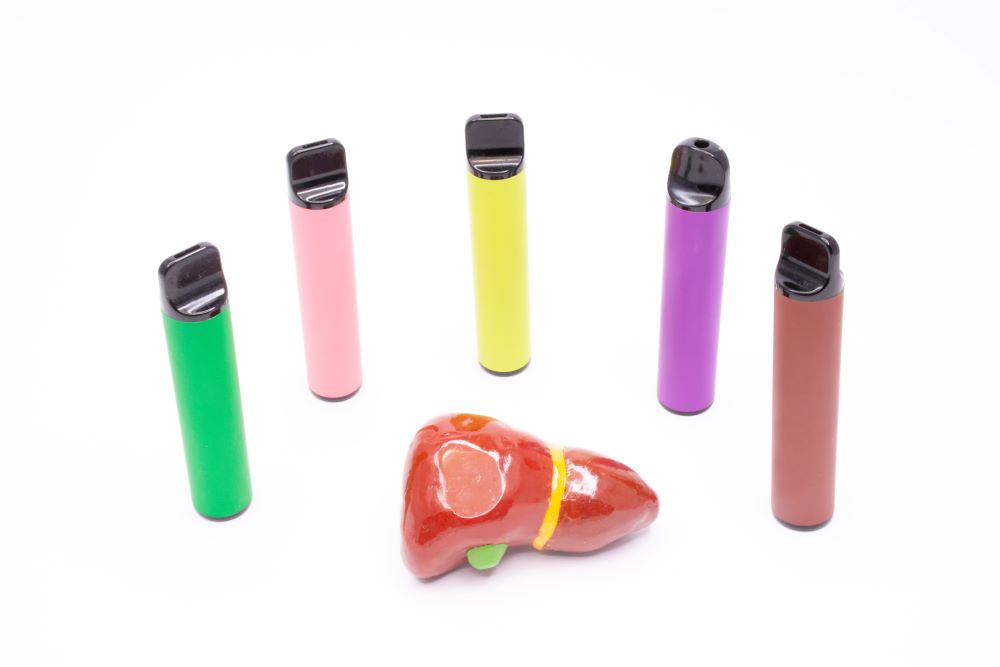
Cigarette smoking among U.S. adolescents (grades nine to 12) from 1991 to 2021 significantly decreased, according to a new study from Florida Atlantic University’s (FAU) Schmidt College of Medicine published in Ochsner Journal online ahead of print.
Study findings include:
- Ever use cigarettes significantly decreased from 70.1 percent in 1991 to 17.8 percent in 2021, an almost fourfold decline.
- Occasional cigarette use significantly decreased from 27.5 percent in 1991 to 3.8 percent in 2021, a greater than sevenfold decline.
- Frequent cigarette use significantly decreased from 12.7 percent to 0.7 percent, a greater than eighteenfold decline.
- Daily cigarette use declined from 9.8 percent in 1991 to 0.6 percent in 2021, a greater than sixteenfold decline.
While all grades experienced a significant decline in cigarette use, 12th graders consistently reported the highest percentage of occasional smokers compared to the other school grades, even in 2021. This finding suggests that while smoking has decreased across all age groups, older adolescents might still be more prone to experimenting with cigarettes than their younger counterparts.
“The substantial decrease in cigarette use among U.S. adolescents spanning three decades is an encouraging public health achievement,” said Panagiota “Yiota” Kitsantas, senior author, professor and chair for the Department of Population Health and Social Medicine at the FAU Schmidt College of Medicine. “This decrease underscores the importance of continued vigilance, research and intervention to further reduce tobacco use and its associated harms.”
Overall, inequalities in cigarette use among adolescents by gender have been present for decades. However, by 2021, discrepancies in smoking cigarettes by gender were diminished.
With respect to race/ethnicity, by 2021, the decreases in cigarette consumption were even more pronounced among Black and Asian adolescents while the rates among white and Hispanic/Latino youth remained higher but were still significantly lower than the 1997 rates.
“These results show reassuring trends, but they also suggest residual clinical and public health challenges that will require targeted interventions,” said Charles H. Hennekens, co-author, First Sir Richard Doll Professor of Medicine and senior academic advisor at the FAU Schmidt College of Medicine.
“Quitting smoking significantly reduces risks of cardiovascular disease beginning within a matter of months and reaching the nonsmoker status within a few years, even among older adults. However, for lung and other cancers, reductions do not even begin to emerge for years after quitting and even after 10 years remain midway between the continuing smoker and lifelong nonsmoker. Thus, for reducing cardiovascular disease risks, it’s never too late to quit, but to reduce risks of cancer, it’s never too early.”
Study co-authors are Maria Mejia, first author and an associate professor at Baylor College of Medicine; Robert S. Levine, professor of family and community medicine at Baylor College of Medicine and an affiliate professor at the FAU Schmidt College of Medicine; and Adedamola Adele, a recent biomedical science graduate at the FAU Schmidt College of Medicine.


























